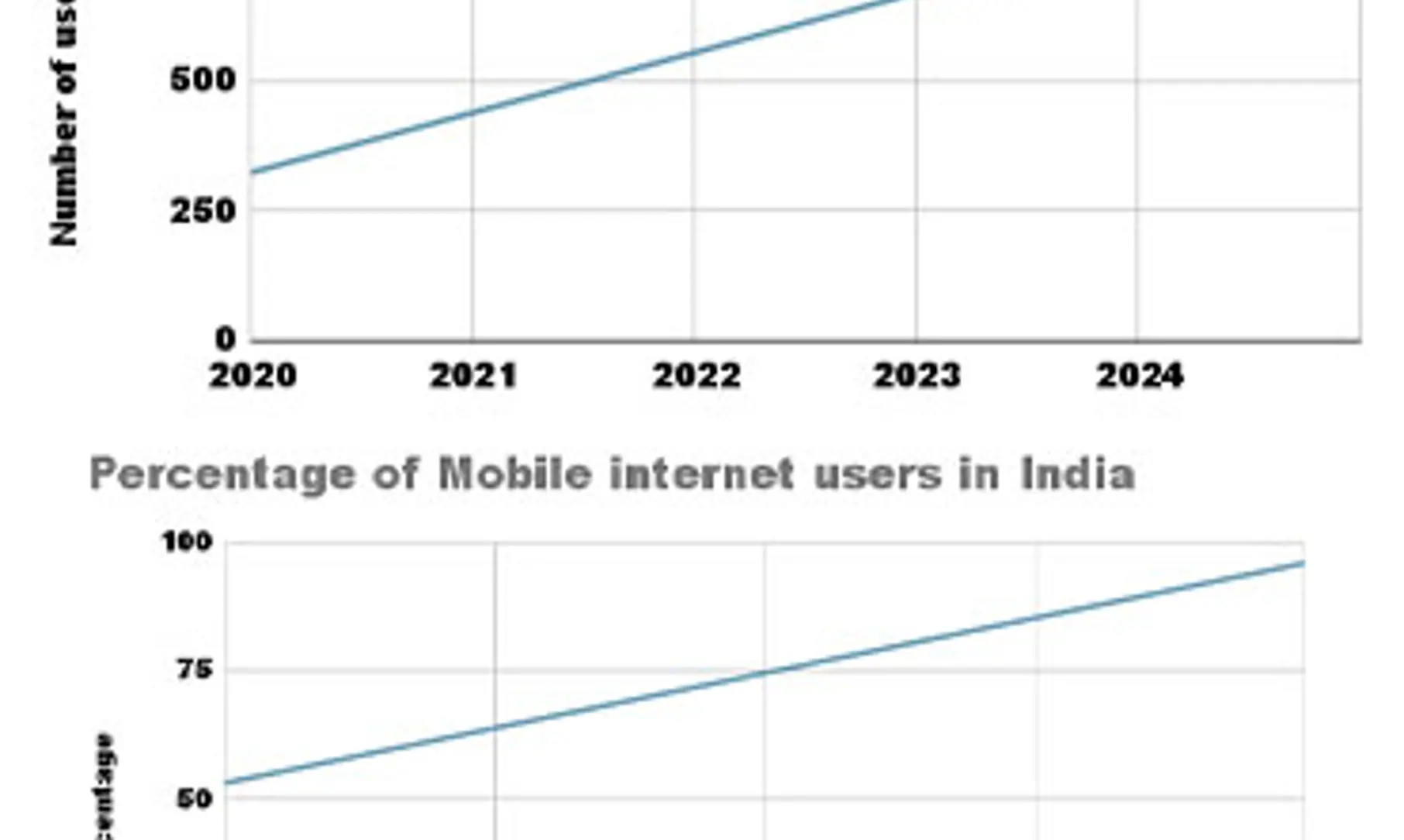Track and Trace: The trend of Connected Packaging in the Indian beverage carton industry

Where does the milk in your carton come from? Or the carton itself? Know all of this and more with QR-code equipped connected packaging!
“Greeted by the sunny winter morning, you shuffle about for a minute before settling down for a relaxing breakfast. But as you pour your milk from the carton, the side of the package grabs your attention. A QR code embellishes the carton, promising a journey through the life of the very carton of milk you hold, right from its birth to landing in your hands!
Curious, you take out your smartphone and scan the code, only to be launched forth to a webpage that looks as dynamic as it feels intriguing. From stories about the milk and the very cows that it’s sourced from, to the paper used to make the cartons, you see every part of the process depicted in a visually stunning and interactive manner. What’s more, it even has a bunch of games with a range of attractive rewards and freebies to be unlocked!”
This is a typical morning for many consumers today, as connected packaging gains more and more prominence as a highly effective way of interaction and engagement powered by transparency. And not just milk cartons; a wide range of food and beverage products packaged in beverage cartons have begun using the power of technology to drive brand communication, differentiation, and visibility.
Connected Packaging in India
According to Mintel GNPD, the use of QR codes on food packaging in India has doubled from 4% in 2016 to 8% in 2020, highlighting its massive growth potential. Connected packaging has made food and beverage cartons of today much more than just a brand’s billboard. They now serve as a portal to discovering detailed information on its ingredients down to the origin of the raw materials, including the farm or plantation. They are also used to describe the journey of the brand, enhancing customer engagement through fun quizzes, lucky raffles, and exciting promotions, and driving traffic to its social media or other digital channels.
The aseptic market in India is vast, and growing in double digits, every year. Owing to this widespread consumer base in every corner of the country, the pandemic served as a blaring reminder of the potential that connected packaging holds for the industry. A Mintel report states that today, two-thirds of Indians are aware and concerned about single-use plastic, while 44% say more brands should implement sustainability practices. Connected packaging can prove incredibly beneficial in this regard, helping manufacturers take responsibility for used package waste, as well as inform consumers of the efforts, in one go.
Factors affecting Connected Packaging
The primary factors influencing the future of connected packaging in India are the rate of technology adoption and expenditure involved. In 2020, 53 percent of India's total population accessed the internet using their mobile phones. This is expected to grow to 96 percent by 2040, indicating a significant rise in the country's mobile internet user base. Fuelled by the Digital India initiative, the number of internet 0users in urban India also rose by 4% to 323 million in 2020, accounting for 67% of the urban population. This number is further expected to increase by 45% within the next five years to a total of 900 million active internet users in India by 2025!

The Way Forward
By evaluating and segregating the market segments based on logistics and consumer types, brands will be able to use the full potential of connected packaging to establish trust, transparency, and engagement with customers. As a result, connected packaging will no longer be just an innovative offering, but rather, the norm for food and beverage brands in the country!
